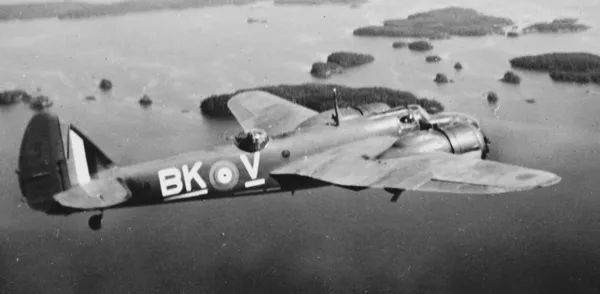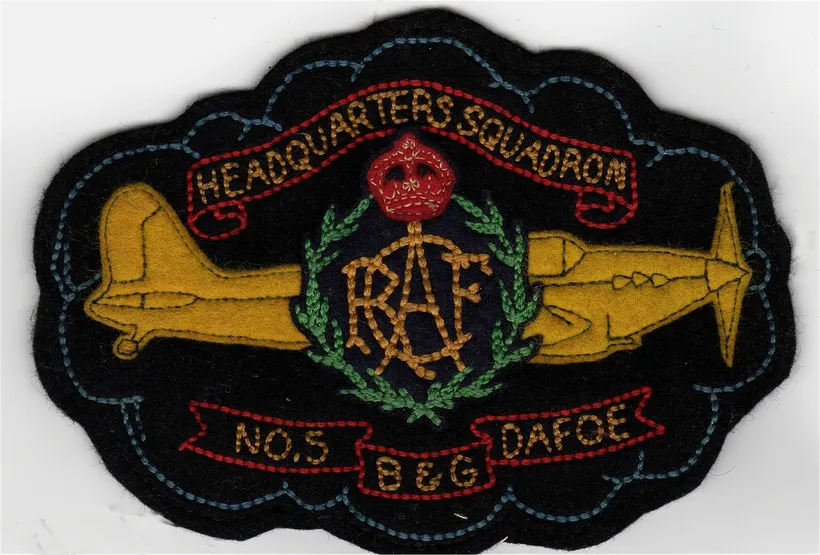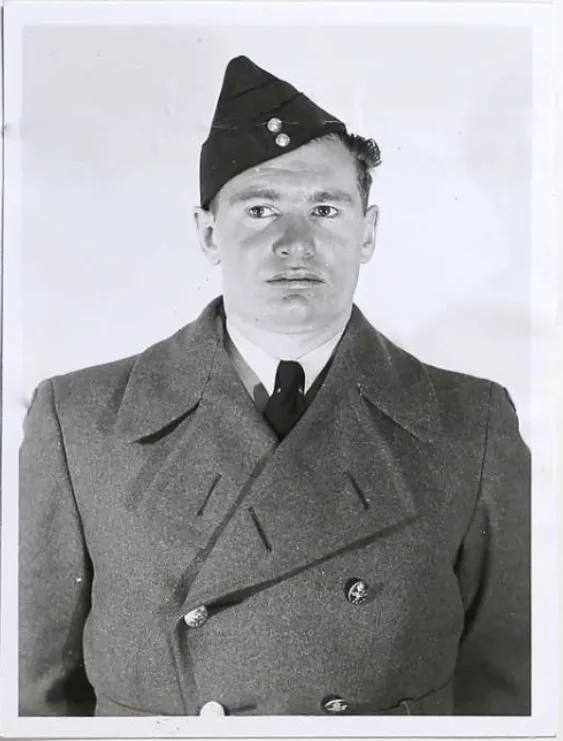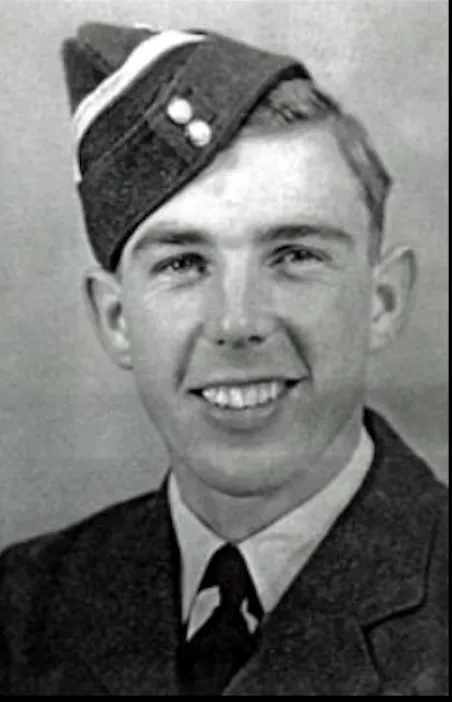Steeden, Stanley Edwin (Leading Aircraftman)
Killed in Flying Accident 1944-May-24


Birth Date: 1926
Born:
Parents: Son of William Thomas Steeden and Alice O. Steeden. of Colonsay.
Spouse:
Home: Colonsay, Saskatchewan
Enlistment:
Enlistment Date: unkown date
Service
RCAF
Unit
5 BGS- Bombing & Gunnery School
Base
RCAF Stn. Dafoe, Saskatchewan
Rank
Leading Aircraftman
Position
Air Gunner
Service Numbers
R/218408
Crew or Other Personnel
Bolingbroke 9881
Accident Card - Bristol Bolingbroke Mk. IVT serial:9881
This accident involved 1 aircraft on 1944-May-24. Bolingbroke s/n 9881.
This accident involved 5 people. Butcher FL, Mitchell WD, Newton S, Rolls HJ, Steeden SE
This accident had 4 fatalities. Pilot Officer Frederick Lloyd Butcher RCAF Killed in Flying Accident service no:J/44112 Bolingbroke 9881, Leading Aircraftman Stanley Edwin Steeden RCAF Killed in Flying Accident service no:R/218408 Bolingbroke 9881, Warrant Officer 1 William David Mitchell RCAF Killed in Flying Accident service no:R/98918 Bolingbroke 9881, Leading Aircraftman Stephen Newton RAF Killed in Flying Accident service no: Bolingbroke 9881
Bolingbroke serial: 9881

Fairchild Bolingbroke Mk. IV, RCAF (Serial No. 9118), coded BK-V, No. 115 (Bomber Reconnaissance) Squadron, Patricia Bay, British Columbia, 1942.
The Bristol Fairchild Bolingbroke was a maritime patrol aircraft and trainer used by the Royal Canadian Air Force during the Second World War. Built by Fairchild-Canada, it was a license-built version of the Bristol Blenheim Mk IV bomber.
In 1935, the British Air Ministry issued Specification G.24/35 to procure a coastal reconnaissance/light bomber to replace the Avro Anson. Bristol proposed the Type 149, based on its Blenheim Mk I, with Bristol Aquila engines to give greater range. While the Air Ministry rejected this proposal, a Blenheim Mk I, retaining its Mercury VIII engines, was converted as a Type 149 (Blenheim Mk III) for the general reconnaissance role.The nose was lengthened to provide more room for the bombardier, with the upper left surface of the nose being scooped out to maintain pilot visibility during takeoff and landing.
The longer range also fulfilled a Canadian requirement for a maritime patrol aircraft. Consequently, Fairchild Aircraft Ltd. (Canada) of Quebec started production of the Blenheim Mk IV as the Bolingbroke (the originally intended name for the Blenheim IV). This type was nicknamed the "Bolly". After a small run of aircraft constructed to British specifications, as the Bolingbroke Mk I, Fairchild switched production to the Bolingbroke Mk IV with Canadian and American instruments and equipment. These versions also included anti-icing boots and a dinghy. One of the early Mk IV variants was the Bolingbroke Mk IVW which was powered by two 825 hp (615 kW) Pratt & Whitney SB4G Twin Wasp Junior engines. Incapable of maintaining altitude on one engine, the normal bomb load was reduced to 500 pounds on these aircraft to compensate for the low engine power. The most-produced variant was the Bolingbroke Mk IVT trainer, of which 457 were completed. A total of 626 Bolingbrokes were produced. Wikipedia
Aircraft Images
Bolingbroke 9881
Bolingbroke Mk. IVT 9881
Delivered to long term storage. To No. 2 Training Command on 20 October 1942. With No. 5 Bombing & Gunnery School at Dafoe, Saskatchewan when it spun in and crashed on 24 May 1944. The aircraft was seen to have climbed steeply at between 3 and 4 thousand feet, then stall and go into a spin. It recovered just before it hit the ground at 09:30 hours and subsequently crashed 6 miles south-west of Dafoe. PO F.L. Butcher, Leading Aircraftman S. Newton, RAF, Leading Aircraftman S.E. Steeden and W.O. W.D. Mitchell killed. To No. 8 Repair Depot on 29 May 1944 for scrapping.1942-05-21 Taken on Strength No. 1 Training Command 2019-08-20
1944-May-24 Accident: 5 Bomb & Gunnery School Loc: Aerodrome Names: Butcher | Mitchell | Newton | Rolls | Steeden
1944-06-13 Struck off Strength Struck off, reduced to spares and produce 2021-12-29
Unit Desciption
5 BGS (5 Bomb and Gunnery School)
The Bombing and Gunnery School (B&GS) offered instruction in the techniques of bomb aiming and aerial machine gunnery to Air Observers, Bomb Aimers, and Wireless Air Gunners. These schools required large areas to accommodate their bombing and gunnery ranges, and were often located near water. The Avro Anson, Fairey Battle, Bristol Bolingbroke, and Westland Lysander were the standard aircraft used at B&GS schools.
RCAF.info - RCAF Station Dafoe SK
![]() Saskatchewan Virtual War Memorial - 5 BGS History
Saskatchewan Virtual War Memorial - 5 BGS History
![]() Vintage Wings Ghosts Of Saskatchewan
Vintage Wings Ghosts Of Saskatchewan


